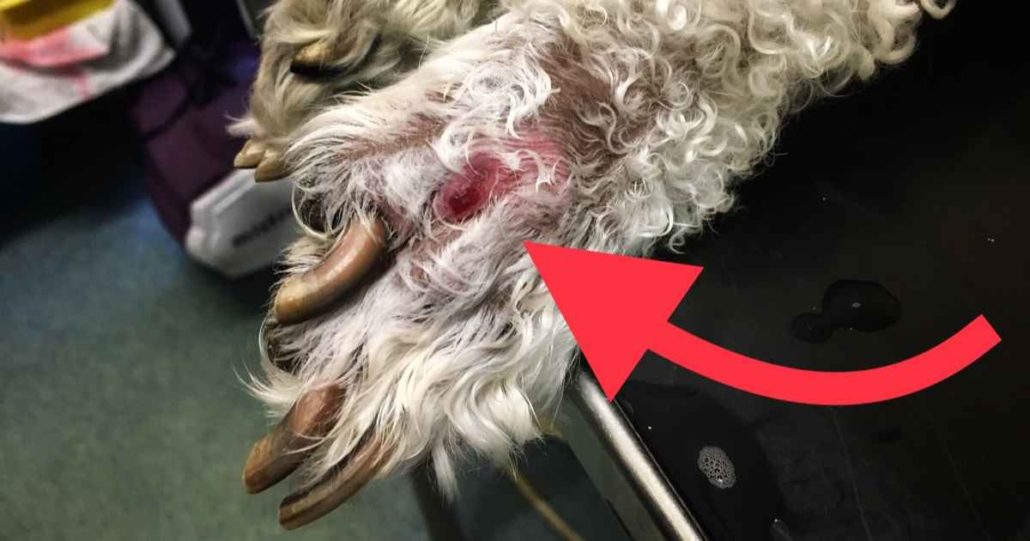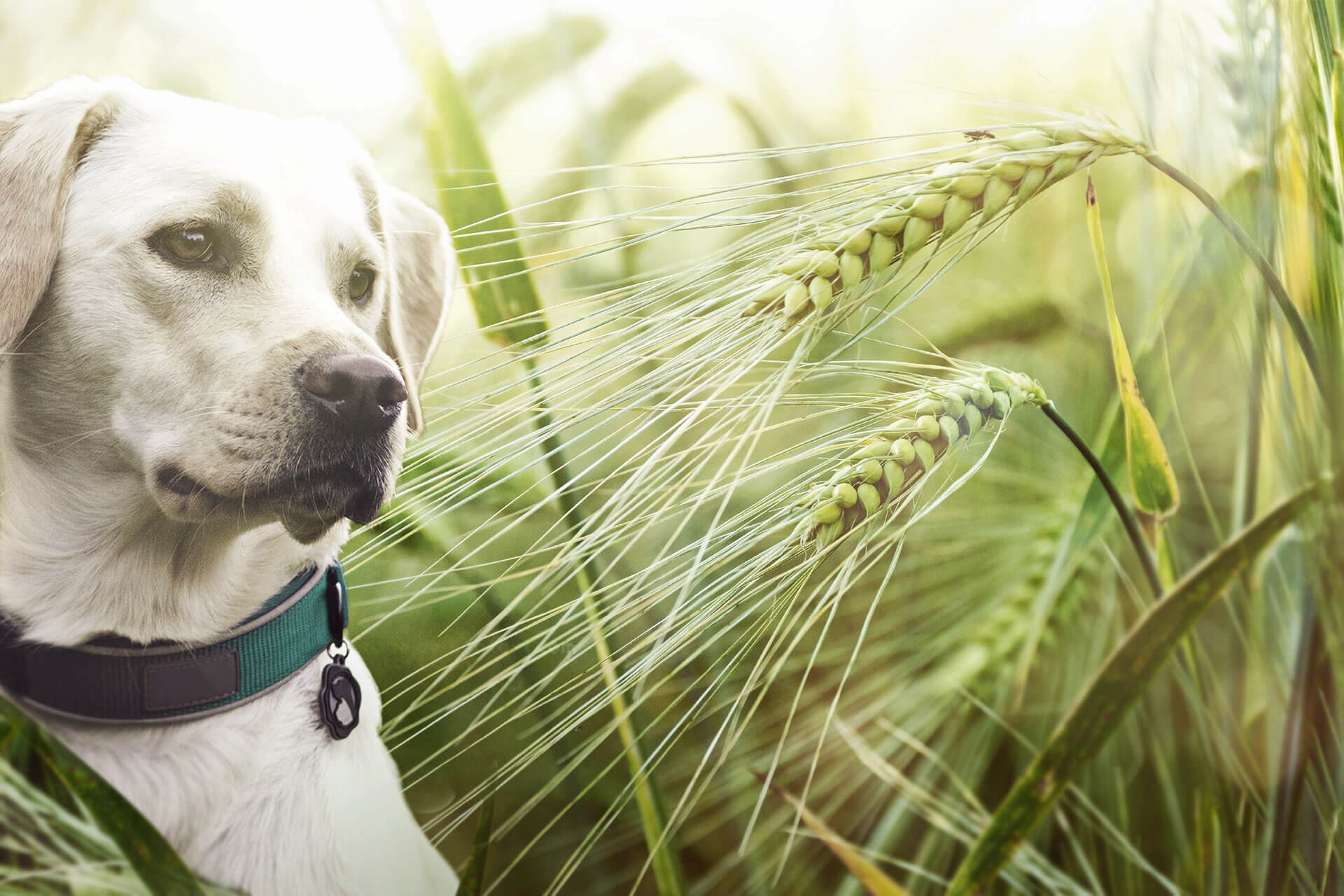
These grasses grow mainly in the Western part of the US. Is grass seed poisonous to dogs.

This Dangerous Weed Could Kill Your Dog.
Does grass seed harm dogs. There may be some bloody nasal discharge if your dog gets a grass seed stuck in this area. Continuous sneezing and rubbing of the nose or face are other signs and the dog may struggle to breathe. A seed can damage the airways and may even move into the lungs which is.
Likewise some other pet owners worry about the effect of grass seed on a dog or cats respiratory system as breathing in the seeds could be harmful if they get lodged in a pets lungs. For these concerns you should look to grass seed varieties where the seed. What causes grass seed wounds in dogs.
Grass seeds are perhaps surprisingly a fairly big cause of emergency admissions to many of our hospitals and clinics in the spring and summer. Also known as grass awns these backward-pointing barbs typically fall off long wild grass barley and rye and embed themselves in a dogs paws ears armpits tail or skin sometimes causing painful wounds. This Dangerous Weed Could Kill Your Dog.
Published July 20 2015 by PETA. Last Updated July 22 2015. A foxtail is a spikelet that carries a foxtail grass seed.
These grasses grow mainly in the Western part of the US. Picture a blade of grass with a barbed weapon at its tip. Is Scotts grass seed poisonous to dogs.
Ive forgotten my dad has laid grass seed a few days ago and I was playing fetch with my dog in the area where the seed was laid. She may have ingested a. Is grass seed poisonous to dogs.
My springer spaniel 1 yr old ripped apart a bag of grass seed it says nothing on the bag about being poisonous to animals. Planting grass seed with dogs in the household does require special attention as your pooch is unlikely to read your well-meaning Keep Off Grass signs. Keep the dog off of the lawn completely for at least six weeks after the date of initial seed germination.
Provide an alternate patch of potty grass while the outdoor grass gets established. Grass seeds might look small and harmless but in the wrong place they can cause a great deal of trouble. If your dog has been running in long grass always check them for grass seeds afterwards and remove any that you find especially in between.
Putting in a grass seed that works well in your climate and also can withstand the daily urine spots and other symptoms from regular dog play is key. All dogs can be affected by grass seeds but they cause much more of a problem in breeds with feathery toes that enjoy bounding through long grass such as springer spaniels. It is a good idea for owners to check the bits of their dogs with long hair in particular the feet and ears after exercise especially if you have walked through areas with long grass.
Grass seed injuries are a common problem for dogs during summer months. When examined closely some grass seeds resemble tiny arrowheads which attach themselves easily to an animals fur and burrow into the skin. Breeds with hairy ears and hairy feet are more at risk if walked in meadows or woodlands where these grasses commonly grow in abundance.
Pretty much any contact a dog has with grass awns is potentially hazardous. Grass awns can be inhaled become lodged in the ears swallowed or even just imbedded in the coat or skin. It is when they are not quickly removed by the owner or expelled.
If your dog has a grass seed lodged in their ear canal you wont be able to spot the seed because it will be trapped deep inside but a vet can make a diagnosis by using an otoscope to look down the ear canal and remove the seed with forceps if necessary. Due to their pendulous ears Cockapoos Cocker Spaniels and. The type of dog typicallly affected by grass seeds is the spaniel pictured but Jack Russells Westies and basically all breeds possessing hairy ears and feet are at risk if walked in meadows or woodlands where these grasses commonly grow in abundance.
Spaniels often pick up grass seeds in their feathery paws.